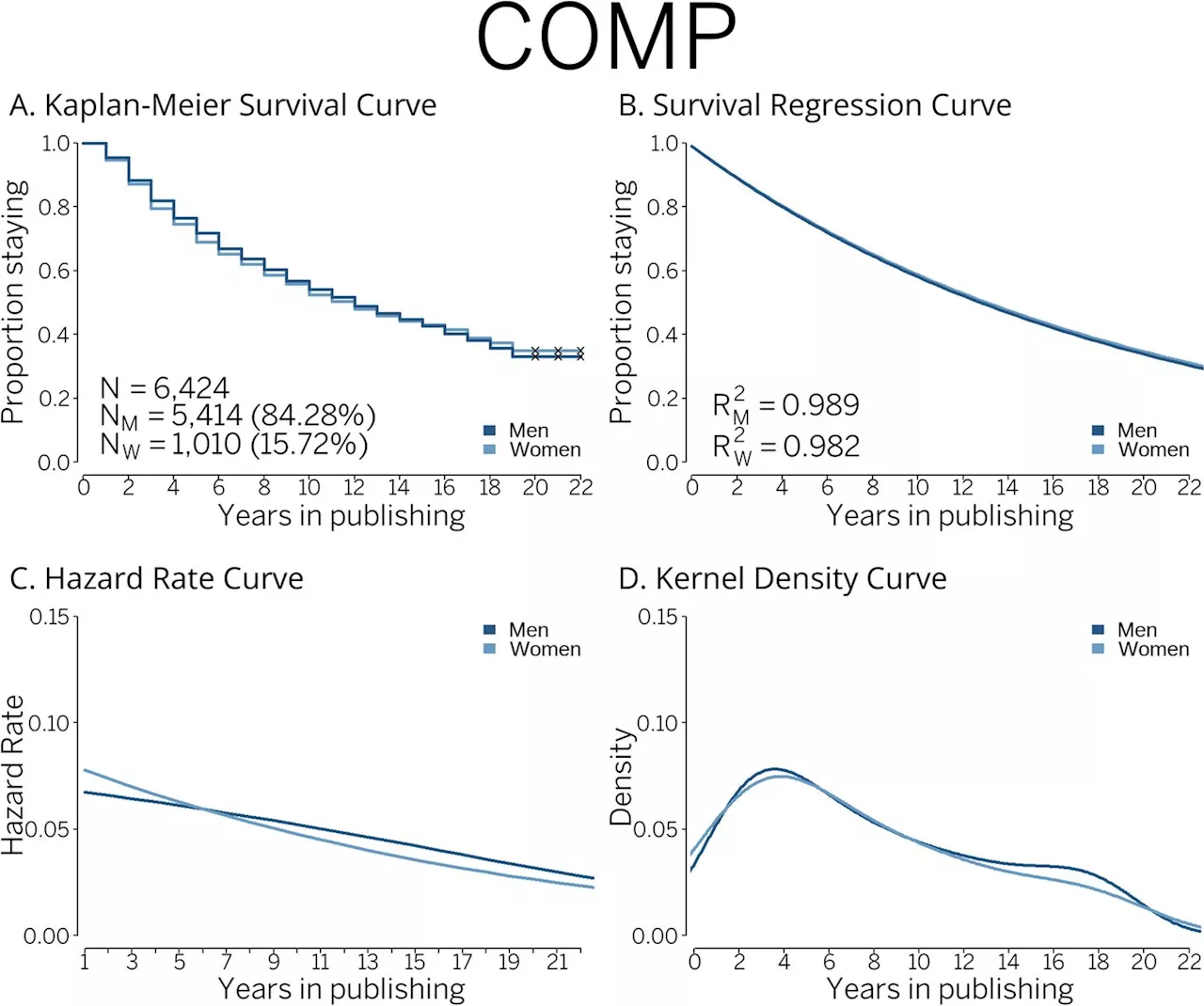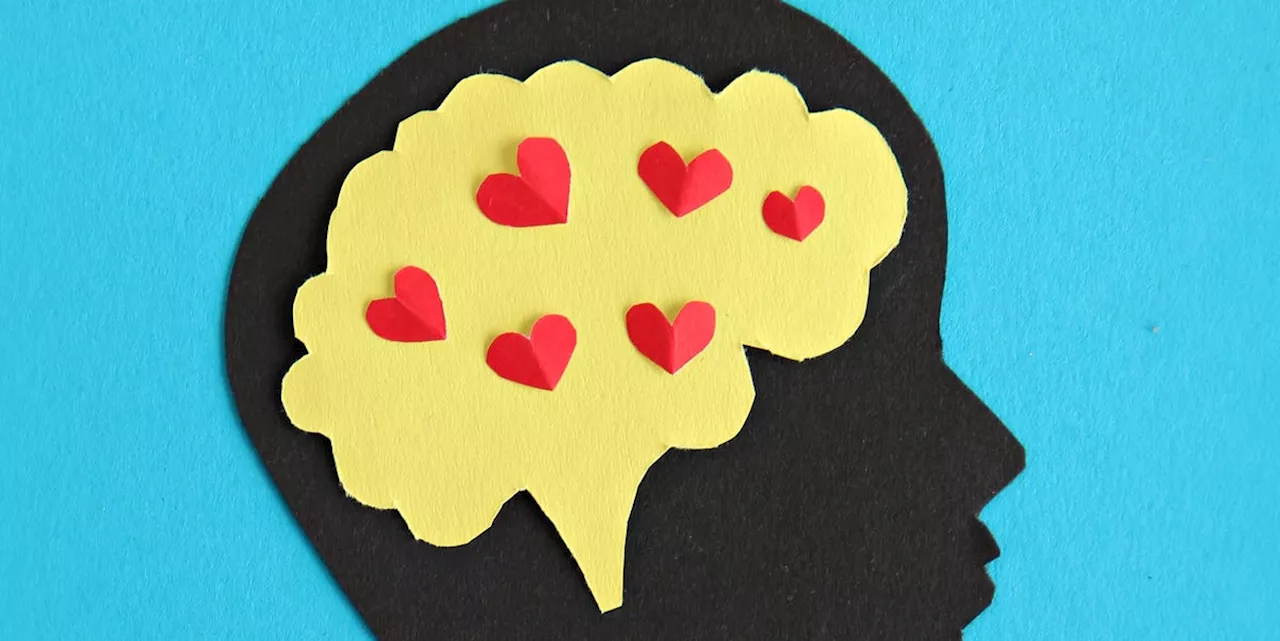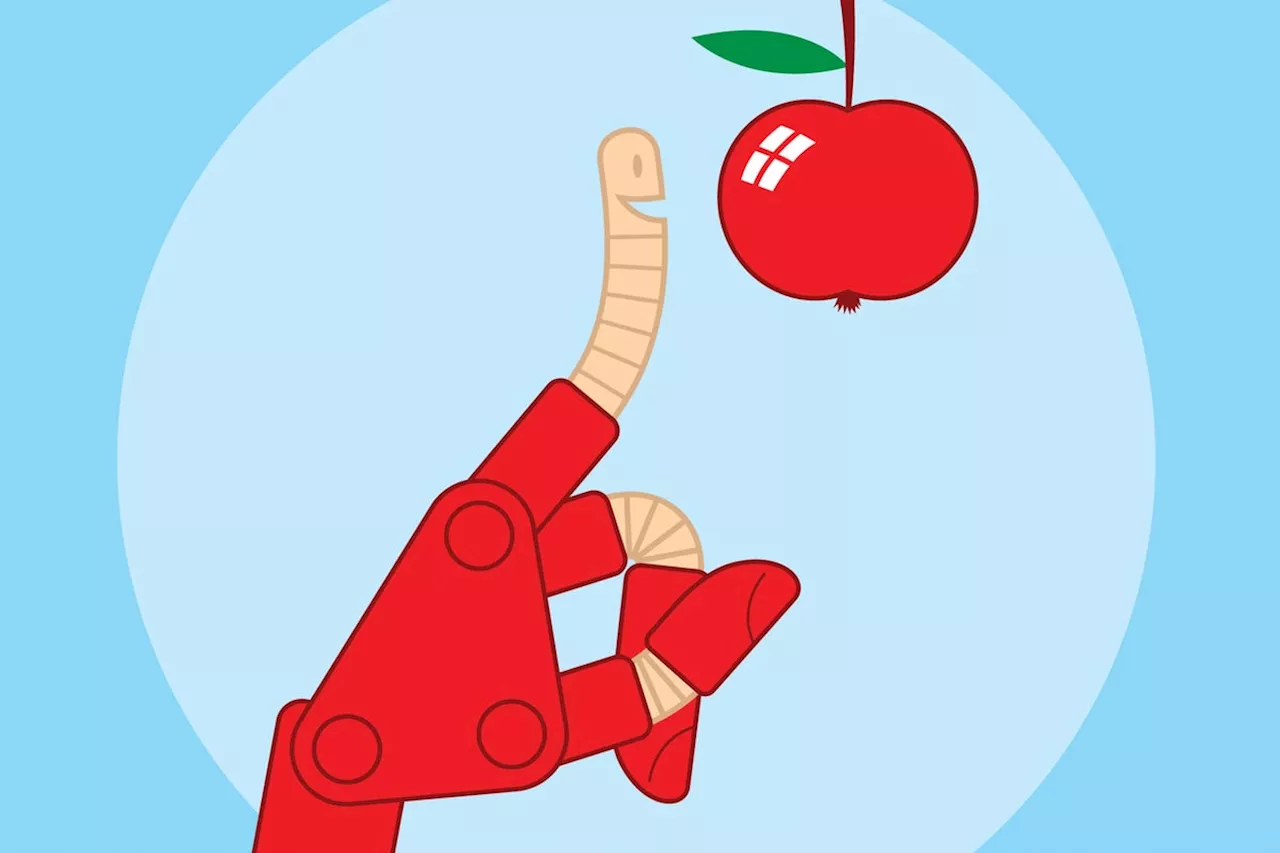Scientists are now able to directly compare the different kinds of injury that mechanical ventilation causes to cells in the lungs. In a new study, using a ventilator-on-a-chip model, researchers found that shear stress from the collapse and reopening of the air sacs is the most injurious type of damage.
For the first time, scientists are able to directly compare the different kinds of injury that mechanical ventilation causes to cells in the lungs.
"The initial damage is purely physical, but the processes after that are biological in nature -- and what we're doing with this device is coupling the two," Ghadiali said. Of particular value is the ventilator-on-a chip's measurement of real-time changes to cells that affect the integrity of that barrier, enabled by an innovative approach: growing human lung cells on a synthetic nanofiber membrane mimicking the complex lung matrix. It's closer to the authentic ventilated lung microenvironment than any similar lung chip systems to date, the researchers say.
Englert said the collapse and reopening may be more problematic because it makes fluid in the lungs move, exposing cells to high amounts of shear stress. "We're in the early stages of developing some of those models, diving a little bit deeper into the complexity of lung injury in ICU patients," Englert said."This model is a platform we can build upon."
Lung Cancer COPD Developmental Biology Biotechnology And Bioengineering Biology Microarrays Thermodynamics Civil Engineering
United States Latest News, United States Headlines
Similar News:You can also read news stories similar to this one that we have collected from other news sources.
 Disappearing scientists: Attrition and retention patterns of 2.1 million scientists in 38 OECD countriesResearch has been showing that women scientists continue to disappear from science at a significantly higher rate and in higher percentages than men. This is what social scientists have thought for decades—but this is no longer the case today, according to a study published in Higher Education.
Disappearing scientists: Attrition and retention patterns of 2.1 million scientists in 38 OECD countriesResearch has been showing that women scientists continue to disappear from science at a significantly higher rate and in higher percentages than men. This is what social scientists have thought for decades—but this is no longer the case today, according to a study published in Higher Education.
Read more »
 Scientists Identify How the Brain Reacts to 6 Different Types of Love in New StudyLove languages help romantic partners understand each other better. Ahead, learn how to figure out what yours (or your partner’s) is.
Scientists Identify How the Brain Reacts to 6 Different Types of Love in New StudyLove languages help romantic partners understand each other better. Ahead, learn how to figure out what yours (or your partner’s) is.
Read more »
 Huntsville scientists apply new genetics technique to study rare illnesses in kidsLong-read sequencing allows genetic investigators to see much larger sections of a person’s genetic code at once.
Huntsville scientists apply new genetics technique to study rare illnesses in kidsLong-read sequencing allows genetic investigators to see much larger sections of a person’s genetic code at once.
Read more »
 Scientists study mysterious invader in the Chesapeake Bay's largest underwater grass bedResearcher Judy O'Neil dons a wetsuit, a snorkel and goggles, and jumps into one of the Chesapeake Bay's most important ecosystems: the vast underwater grass beds of the Susquehanna Flats.
Scientists study mysterious invader in the Chesapeake Bay's largest underwater grass bedResearcher Judy O'Neil dons a wetsuit, a snorkel and goggles, and jumps into one of the Chesapeake Bay's most important ecosystems: the vast underwater grass beds of the Susquehanna Flats.
Read more »
 Scientists Make ‘Cyborg Worms’ with a Brain Guided by AIAI and tiny worms team up to get to treats
Scientists Make ‘Cyborg Worms’ with a Brain Guided by AIAI and tiny worms team up to get to treats
Read more »
 Scientists Identify Supplements That May Aid Weight LossFerozan has 20 years of experience writing and editing in the health, wellness, and celebrity realm.
Scientists Identify Supplements That May Aid Weight LossFerozan has 20 years of experience writing and editing in the health, wellness, and celebrity realm.
Read more »
